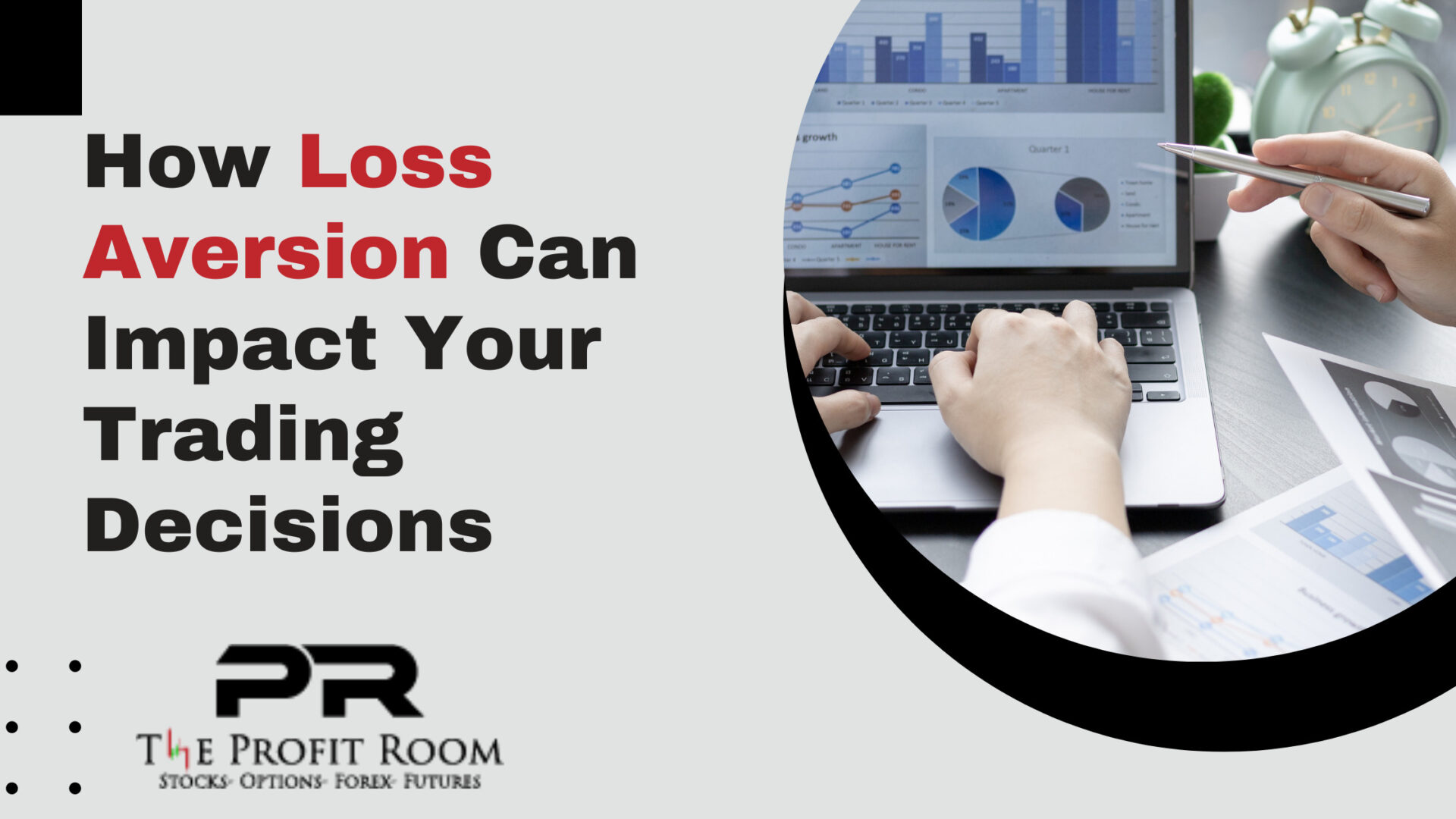You’ve put in a lot of effort to earn your money. It’s now time to relax and enjoy it. Finding the greatest income assets for retirement is critical to your success. Making your money last won’t be simple, even with an investment review cheat sheet.
According to the Social Security Administration’s most recent longevity data, a 50-year-old man may expect to live for another 30 years, while a 50-year-old female can expect to live for another 33 years.
Men and women may expect to live another 22 and 25 years, respectively, after reaching the age of 60. These figures reveal the startling truth that retirees will almost certainly need to keep working for decades.
Retirement is a momentous milestone, as well as a period of considerable financial and investment adjustments. Converting your growth portfolio to an income portfolio is one of those modifications.
The finest retirement income investments should help you generate a steady stream of income for the remainder of your life. Your investments should also aid in your financial stability.
To achieve these objectives, you’ll need to put together an investing portfolio that includes a variety of investments that compliment each other. Regrettably, there is no single investment that can address your retirement income issues.
The good news is that discovering the greatest investments becomes a little easier if you know what you’re attempting to achieve.
Any retirement portfolio must include a source of income. The problem for retirees looking for income is to avoid taking on too much risk. The highest-yielding funds are frequently less diversified and riskier than their lower-yielding counterparts.
It’s okay to invest in a riskier fund provided you do so in moderation and intend to hold it for the long term. You may continue to take income from the fund’s yield as long as you don’t need to sell it, regardless of how the price changes. Keep an eye on costs, since fees for actively managed income funds can quickly add up. All that being said, here are some reliable income funds for retirees who can handle a little volatility:
Intrepid Income Fund (ICMUX)
If you’re looking for a high yield, ICMUX should be on your radar. This is a fund to write home about, with a trailing 12-month yield of 6.39 percent. Increased returns generally come with higher risk, as is the case with yield, which retirees should carefully examine. Hunter Hayes, portfolio manager at ICMUX, says his team aims for returns above inflation while maintaining a low risk profile by concentrating on smaller issue bonds with shorter maturities that they feel offer a premium over other fixed-income products.
Vanguard Wellesley Income Fund (VWINX)
The Vanguard Wellesley Income Fund invests roughly 35% of its portfolio in excellent dividend-paying firms with a higher dividend yield than the S&P 500 at the time of acquisition, focusing on long-term income. The remaining 65 percent is subsequently invested in fixed-income assets, the majority of which are high-quality corporate bonds. The fund’s longer duration, or how long it lends money to a firm, makes it more susceptible to interest rate fluctuations since it can’t immediately replace old bonds when rates shift. However, its trailing 12-month yield of 2.35 percent is well worth the price, with an expense ratio of 0.22 percent. If you have $50,000 to invest in the fund, you may choose the Admiral (VWIAX) share class, which offers the same benefits but charges 0.16 percent in fees.
Fidelity Strategic Income Fund (FADMX)
The Fidelity Strategic Income Fund is a suitable income choice for retirees with a moderate risk tolerance since it is designed to generate high current income while preserving capital. When compared to the multisector bond category, the fund delivers above-average returns with average risk, implying that it has some hazardous features. It generally invests in high-yield bonds, which entails a higher level of credit risk and volatility than some retirees want. It now has a yield of 3.34 percent. With an expenditure ratio of 0.67 percent, it is below average in terms of costs when compared to rivals.
Invesco Rochester Municipal Opportunities Fund (ORNAX)
The Invesco Rochester Municipal Opportunities Fund (ORNAX) has been utilized in client portfolios by John Bergquist, managing member of Lift Financial, for more than a decade. The fund’s 4.23 percent trailing 12-month yield sets it apart from rivals, but its recent rate hike also puts it ahead of the category average. The fund includes a front-end load of up to 4.25 percent, so it may not be the most cost-effective option unless you buy it through a broker who waives the sales fee. Because this is a municipal fund, it provides tax-free income to investors, therefore you should keep it in a taxable account to avoid losing that benefit. ORNAX, according to Bergquist, is a riskier fund than the others. He also said that ORNAX is a higher-risk fund than other income funds, “therefore it should be utilized as part of a diversified portfolio, not as a standalone.” ORNAX is ranked No. 1 in the high-yield muni category by U.S. News & World Report. News & World Report is a news organization based in the United States.
Invesco Senior Floating Rate Fund (OOSAX)
The OOSAX, which invests in adjustable rate loans, is another income fund that Bergquist has relied on for many years. He recommends the Invesco Senior Floating Rate Fund, which will ‘float up’ with interest rates. “In today’s interest rate environment, this fund would do well,” he says. It offers a 4.28 percent trailing 12-month yield, but like ORNAX, it comes at a high price if your broker doesn’t waive the 3.25 percent sales penalty. It’s also not without danger, as is customary when seeking a large yield:Despite the fact that the fund’s new lead manager has cut the fund’s equity exposure and over-concentrations, the portfolio still favors lower-rated loans and equities over its rivals.
The beauty of trading and investing in stocks is that you will have options that you can mix and match to meet your income demands and risk tolerance. Getting just the correct combination may be tricky, so don’t be afraid to seek advice from a trained financial practitioner.




